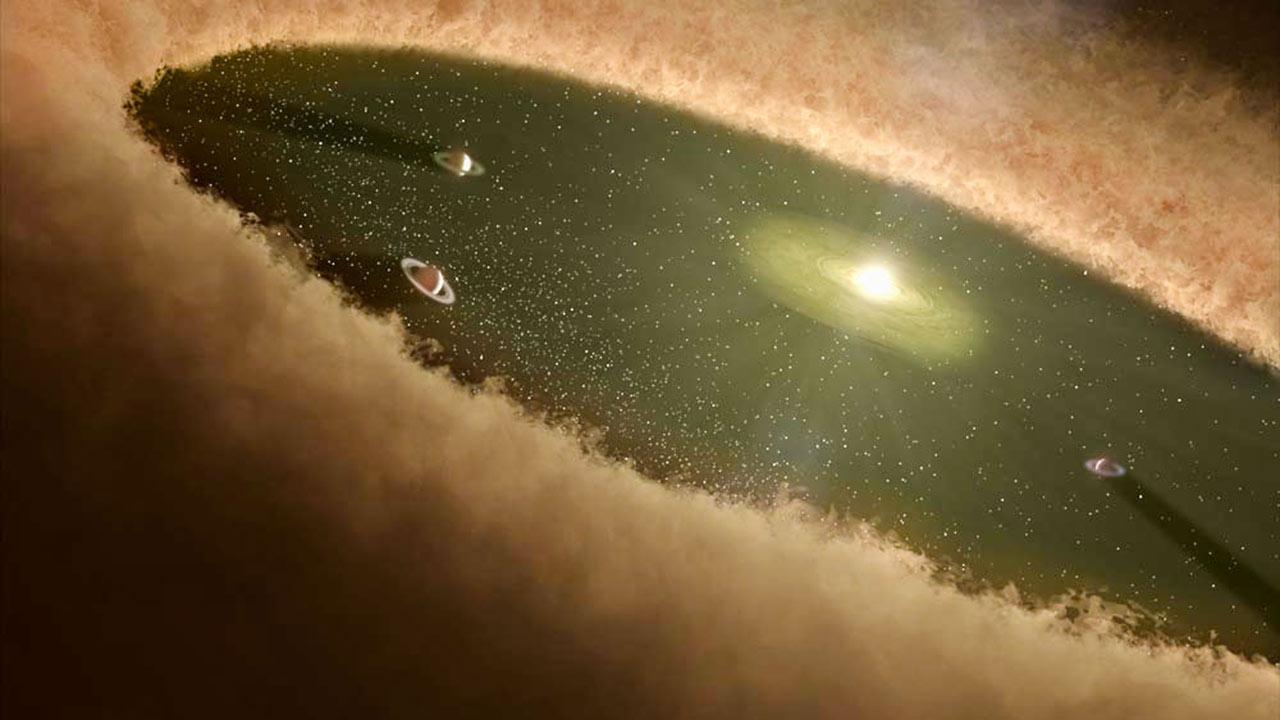ALMA Radio Telescope Images Revealed The Secrets of Planet Birth

The ALMA Radio Telescope, also known as Atacama Large Millimeter/submillimeter Array, analyzed a region of intensive planet formation around 20 host stars situated at in the vicinity of our Solar System. The scientists tried to shed more light on the secrets of the planet birth process.
“The goal of this months-long observing campaign was to search for structural commonalities and differences in protoplanetary disks. ALMA’s remarkably sharp vision has revealed previously unseen structures and unexpectedly complex patterns,” explained Sean Andrews, of the Harvard-Smithsonian Center for Astrophysics (CfA), who, along with his co-workers, studied about two dozen nearby protoplanetary disks.
“The most compelling interpretation of these highly diverse, small-scale features is that there are unseen planets interacting with the disk material,” Andrews added.
When a sun forms, the gravity force attracts clouds of dust and gas together which, eventually, they give birth to a new star. What remains around the newly formed star is forming the protoplanetary disk which is full in gases, dust, and matter that will form the planets.
ALMA Radio Telescope Images Revealed The Secrets of Planet Birth
“When ALMA truly revealed its capabilities with its iconic image of HL Tau (a million-year-old star), we had to wonder if that was an outlier since the disk was comparatively massive and young,” said Laura Perez from the University of Chile.
“Not only do the rings provide insight into the early kick-start of planet formation, but they can also explain how rocky planets manage to survive to adulthood, a question that has puzzled astronomers for decades. Once planetesimals grow to about 0.62 miles (1 km) in size, a smooth disk would cause them to fall inward toward their parent star, burning up before they could grow into a rocky planet like Earth,” reported Space.com.
ALMA revealed dense rings, suggesting that these disks are supporting massive rocks to grow into rocky planets safely.
“These latest observations show that, though striking, HL Tau is far from unusual and may actually represent the normal evolution of planets around young stars,
0 comments